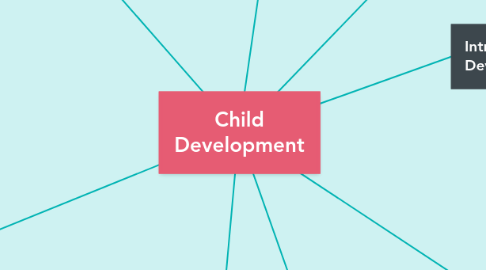Child Development
por Kathleen Porter


1. Adolescence: 12 to 18 years
1.1. Physical Development
1.2. Cognitive Development
1.3. Psychosocial Development
1.4. Teenage Brain
1.5. Healthy Habits
1.6. Self-Identity
2. Middle Childhood: 6 to 12 years
2.1. Physical Development
2.2. Cognitive Development
2.3. Psychosocial Development
2.4. Intelligence and Learning
2.5. Learning Approaches
2.6. Learning and Thinking
2.7. Peer Connections
3. Infancy and Toddlerhood: Birth to 3 Years
3.1. Physical Development
3.2. Cognitive Development
3.3. Psychosocial Development
3.4. Temperament
3.4.1. Language Development
3.5. Nutrition
3.5.1. Attachment
3.6. Brain Development
4. Early Childhood: 3 to 6 years
4.1. Physical Development
4.2. Cognitive Development
4.3. Psychosocial Development
4.4. Language and the Brain
4.5. Parenting Styles
4.6. Stress and Development
4.7. Executive Functioning
4.8. Value of Play
5. Design developmentally, culturally, and linguistically appropriate learning experiences that promote each child's growth and development in the following domains: social-emotional, physical, cognitive, and language and literacy.
6. Theories and Theorists
6.1. Social-Cultural Theory
6.1.1. Vygotsky
6.2. Cognitive Learning Theory
6.2.1. Piaget
6.3. Behavioral Theory
6.3.1. Watson, Pavlov, Skinner
6.4. Psychosexual theory
6.4.1. Freud
6.5. Social Learning Theory
6.5.1. Bandura
6.6. Psychosocial Theory
6.6.1. Erikson
6.7. Attachment Theory
6.7.1. Bowlby, Ainsworth

